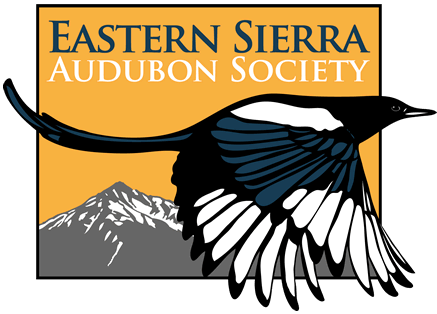[Originally appeared in the Sierra Wave newsletter, Vol. 26, No. 1, Sept-Oct 2007 – click here for original with photos]

Least Tern, Adult, Photo by Tom Heindel
On 12 June 2007 Mike and Joy Bowen, visiting birders from New Jersey, stopped at Klondike Lake to add more western species to their trip list. To their surprise they found the twelfth county record of Least Tern and recognizing that this coastal species was probably unexpected here, photographed it and notified local birders. The observation was immediately posted on the Eastern Sierra Birds website and other birders came to see and photograph this wayward migrant.

Least Tern, Immature, Photo by Tom Heindel
Of the first twelve Inyo County records all are in spring from 19 May (2002 at Furnace Creek Ranch) to 16 June (2005 at Tinemaha Reservoir). This nicely frames the Bowen find and reflects passage of birds returning north in spring. All were adult birds except the June and August birds that were first summer birds. All records are single birds except when two were found 31 May 1987 at Tecopa. In the last decade, with greater coverage than in the past, Least Tern has been documented just five times. This is not an expected species in the Eastern Sierra and any observer who finds one needs to follow the protocol to prove their claim and add a significant record to the ornithological history of the county.

